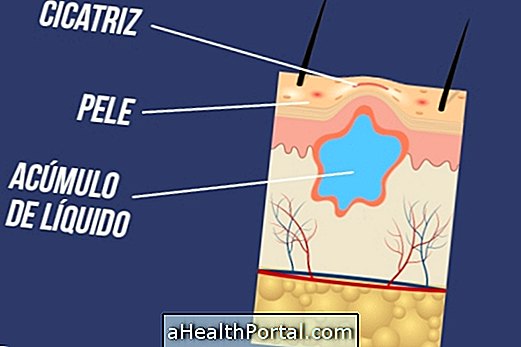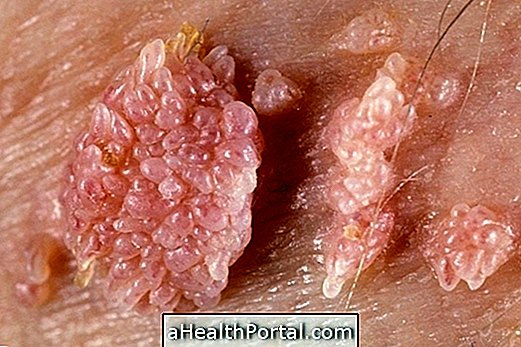Lumbar puncture is a procedure that usually aims at collecting a sample of cerebrospinal fluid that bathes the brain and spinal cord by inserting a needle between two vertebrae of the lumbar region to reach the subarachnoid space, which is a space between layers that line the spinal cord, through which the liquid passes.
This technique is used to identify neurological changes, which may be infections, such as meningitis or encephalitis, as well as diseases such as multiple sclerosis or subarachnoid hemorrhage. In addition, it can also be used to insert drugs into the cerebrospinal fluid, such as chemotherapy or antibiotics.

What is it for
The lumbar puncture has several indications, which include:
- Laboratory analysis of cerebrospinal fluid to identify and evaluate diseases;
- Measurement of cerebrospinal fluid pressure;
- Spinal decompression;
- Injection of drugs such as antibiotics and chemotherapy;
- Staging or treatment of leukemias and lymphomas;
- Injection of contrast or radioactive substances to perform radiographs.
Laboratory tests are designed to detect changes in the central nervous system, such as bacterial, viral or fungal infections such as meningitis, encephalitis or syphilis, for example, to identify bleeding, cancer or the diagnosis of certain inflammatory or degenerative conditions of the nervous system such as multiple sclerosis, Alzheimer's disease or Guillain-Barré syndrome. See what this syndrome consists of.
Lumbar puncture technique
Prior to the procedure, no special preparation is required unless there is a problem of coagulation or the use of any medication that interferes with the technique, such as anticoagulants.
The person may stand in one of two positions, either lying on his or her knees and head close to the chest, called the fetal position, or sitting with head and spine bent forward and arms crossed.
The doctor then applies an antiseptic solution to the lumbar region and looks for the space between the L3 and L4 or L4 and L5 vertebrae and may inject anesthetic medicine into the area. Then a thin needle is inserted slowly between the vertebrae until it reaches the subarachnoid space, from where the liquid will drip and drip through the needle, being collected in a sterile test tube.
Finally, the needle is withdrawn and a dressing is applied at the site of the bite. This procedure usually lasts for a few minutes, however the doctor may not be able to get the sample from the cerebrospinal fluid as soon as the needle is inserted, and it may be necessary to divert the needle or re-prick in another region.

Possible side effects
This procedure is usually safe, with low chances of presenting complications or risks to the person. The most common adverse effect that can occur after a lumbar puncture is temporary headache due to decreased cerebrospinal fluid in adjacent tissues, and nausea and vomiting may also occur if the person lies for some time after the examination.
Pain and discomfort in the lower back may also occur, which can be alleviated with painkillers prescribed by your doctor, and although rare, infection or bleeding may also occur.
Contraindications of lumbar puncture
Lumbar puncture is contraindicated in the presence of intracranial hypertension, such as that caused by a brain mass, due to the risk of brain dislocation and herniation. It should also not be done on people who have a skin infection that will be punctured or have a brain abscess.
In addition, you should always tell the doctor about the medication you are taking, especially if you are taking anticoagulants such as warfarin or clopidogrel because of the risk of bleeding.
Results
Cerebrospinal fluid samples are sent to the laboratory for analysis of various parameters such as appearance, which is generally clear and colorless. If it is yellowish or pink or cloudy, it may indicate infection, as well as the presence of microorganisms such as bacteria, viruses or fungi.
Also evaluated are total proteins and amount of white blood cells, which if elevated may indicate infection or some inflammatory condition, glucose, which if low may be a sign of infection or other diseases, as well as the presence of abnormal cells may indicate certain types of cancer.























